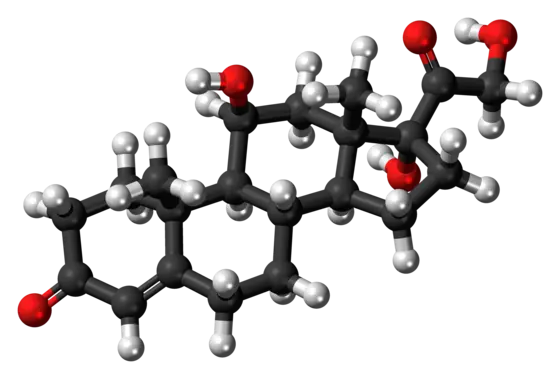Glucocorticoid hormones such as the widely recognized hormone cortisol regulate numerous important functions in the body, including energy metabolism. They oppose the effects mediated by insulin, cause blood glucose levels to rise, promote the build-up of excess fat in the liver, and raise blood lipid (fat) levels.
Glucocorticoid hormone levels that are either too high or too low can lead to serious disorders such as Addison's disease or Cushing's syndrome, and can also contribute to certain symptoms found in Metabolic Syndrome such as obesity and insulin resistance. These metabolic disorders can also arise as a side effect of long-term, high-dose treatment with corticosteroids (i.e., synthetic cortisol).
“Glucocorticoid hormones play an important role in the regulation of energy metabolism, but we haven't fully understood this role yet," says Professor Dr. Stephan Herzig, a metabolism expert who leads a joint research department between the German Cancer Research Center (Deutsches Krebsforschungszentrum, DKFZ), Heidelberg University and Heidelberg University Hospital. “We wanted to find out how the disruption of blood glucose and lipid levels actually occurs in metabolic disorders that are characterized by too high a level of glucocorticoid hormones. We are interested in the underlying molecular mechanisms."
Within the past few years, scientists have found evidence that so-called “microRNAs" can have important functions in metabolism control. MicroRNAs, or miRNAs, are transcripts of very short segments of the genome that usually contain around 20 nucleotides (RNA building blocks). Unlike the RNA that normally plays a role in the production of proteins, scientists have gradually come to realize over the past two decades that miRNAs instead regulate a variety of processes in the cell.
Therefore, Herzig's team took a closer look at specific microRNAs in the liver cells of mice with dysfunctional energy metabolism.
The researchers compared liver cells from diabetic mice that exhibited high glucocorticoid hormone levels with cells from healthy animals. They found that the cells from the diabetic animals produced noticeably higher quantities of a microRNA called miRNA-379. When the researchers turned off miRNA-379 in the livers of diseased mice, the animals’ dramatically elevated blood lipid levels went back to normal.
In order to find out whether miRNA-379 also plays a role in how humans metabolize lipids, the scientists analyzed liver tissue samples from 70 different people. They found that leaner people exhibited lower miRNA-379 levels in their liver tissue than obese people did. Higher miRNA-379 concentrations likewise corresponded with higher lipid levels in the blood.
“We were able to demonstrate for the first time that glucocorticoid hormone-regulated miRNA-379 is a key control switch for disruptions in lipid and glucose metabolism," says Herzig. “Thus, we have also discovered a possible way to counteract this disastrous process: In order to normalize energy metabolism, it may be possible to use an agent that turns off miRNA-379. Methods to turn off microRNAs based on so-called ‘antisense technology’ are already available. It may therefore be possible in the foreseeable future to develop such an agent for this purpose."
Roldan M de Guia, Adam J Rose, Anke Sommerfeld, Oksana Seibert, Daniela Strzoda, Annika Zota, Yvonne Feuchter, Anja Krones-Herzig, Tjeerd Sijmonsma, Milen Kirilov, Carsten Sticht, Norbert Gretz, Geesje Dallinga-Thie, Sven Diederichs, Nora Klöting, Matthias Blüher, Mauricio Berriel Diaz and Stephan Herzig: MicroRNA-379 couples glucocorticoid hormones to dysfunctional lipid homeostasis. EMBO Journal 2014, DOI: 10.15252/embj.201490464
